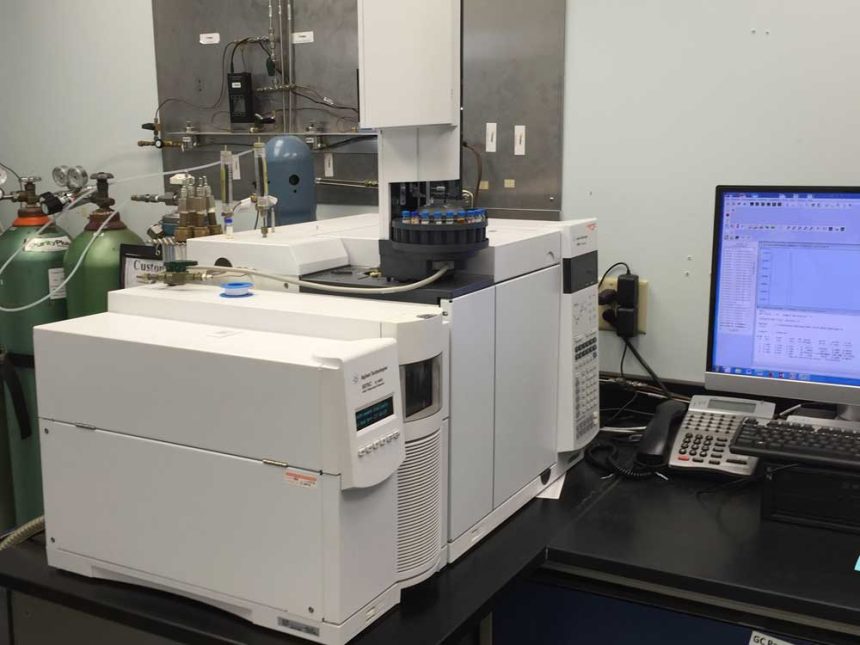
Iofina Chemical (“IC”) is a world leading iodine and halogen specialty derivative manufacturing company, which began operations in 1983 as H&S Chemical before being acquired by Iofina in 2009. IC is backward integrated in the key raw material, iodine, through its sister company, Iofina Resources, which produces iodine in the United States at multiple IOsorb® production facilities. This provides Iofina, and its customers, with a stabile supply even during times of shortages of iodine.
IC is an ISO 9001:2015 and ChemStewards® certified facility operating in Covington, KY USA. The company provides the global marketplace with halogen-based chemical derivatives, including the company’s IOflo® iodine. IC provides solutions for new halogen-based compounds via the company’s long-standing expertise in iodine and other halogen-based chemistries. IC also has the ability to recover iodine from streams that contain various concentrations and constituents.

The company operates with an emphasis on research and development and strives for consistent quality and delivery of its products. IC, together with its dedicated employees and decades of experience in delivering halogen specialty chemicals, is committed to meeting customer demands for current products and it delivers those products globally in quantities from grams to multi-tons.
The company’s many product offerings including iodine can be found here.
For further information on IC’s current products or your halogen-based needs, please contact us via sales@iofina.com or by phone at +1-859.354.3878.
